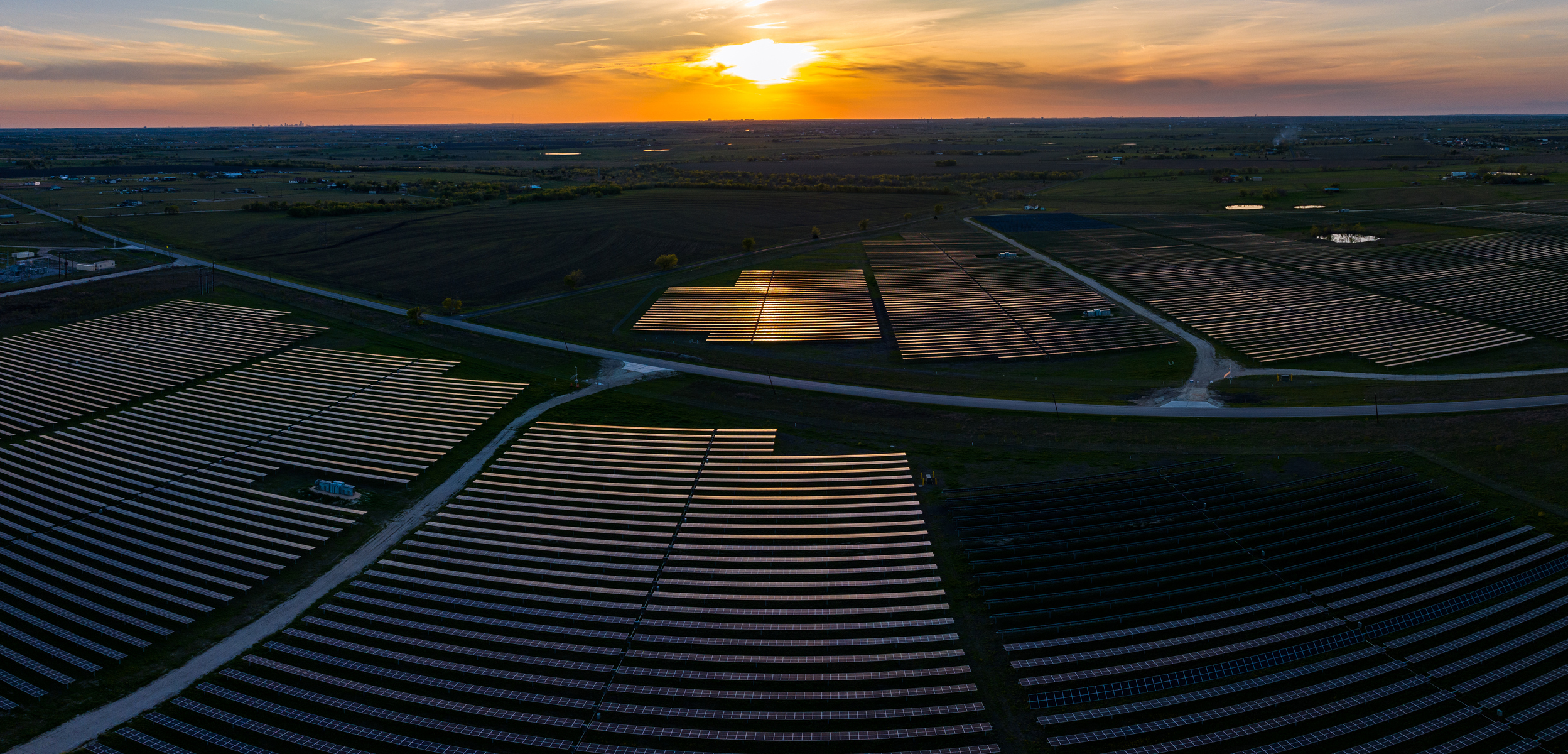Can AI be used to aid corporate sustainability? To John Gagel, chief sustainability officer at the imaging and IoT solutions leader Lexmark, the answer is a definitive “yes.” As seen in the company’s 2022 Corporate Sustainability Report, Lexmark is already using AI for, among other things, analyzing components for their carbon footprint and predicting component failures for remote remediation.
Bob Scheier: Is Lexmark still mainly a printing and imaging company?
 John Gagel: Historically our core business has been (in) the printing space, including imaging supplies. But we have delivered products over the years for adjacent spaces such as the Internet of Things (IoT), leveraging the knowledge we have moving and collecting information. One example is OPTRA Edge, which combines edge of the network hardware, a low code/no code cloud-based management portal and pre-built AI/ML applications. We have used it to create digital images of warehouses to determine how much space is available and to move trucks in and out more quickly.
John Gagel: Historically our core business has been (in) the printing space, including imaging supplies. But we have delivered products over the years for adjacent spaces such as the Internet of Things (IoT), leveraging the knowledge we have moving and collecting information. One example is OPTRA Edge, which combines edge of the network hardware, a low code/no code cloud-based management portal and pre-built AI/ML applications. We have used it to create digital images of warehouses to determine how much space is available and to move trucks in and out more quickly.
How do AI and analytics fit into Lexmark’s sustainability efforts?
From the start, we have viewed analytics as the core of our sustainability efforts. We have product sustainability goals and operational sustainability goals for our manufacturing facilities, our R&D facilities, and our offices. These are all informed by data to ensure we lower our energy usage and carbon footprint.
For example?
We take a product’s bill of materials and analyze it using AI algorithms for 11 or 12 metrics, such as its carbon footprint. We can also model changes in the bill of materials to understand how those changes affect its sustainability.
We use data from our devices to predict how a component will function and when it will fail. We can fix upwards of 60% to 70% of issues remotely, reducing our environmental impact by not putting a service person on the road while reducing downtime for the customer. We have an AI system predicting when a printer cartridge on a customer site will run out of toner, so we’re not overproducing or underproducing replacements for them. This makes us more efficient while also passing cost and sustainability savings down to our customers.
But far and away the heaviest use of analytics is in a lifecycle (sustainability) assessment on every product we develop.
How do you assess the quality of sustainability data you receive from second or third level suppliers?
The first tier provides the best information. The second tier is not quite as good as the first. As we get deeper down the supply chain we’re looking at things like the use of block chain to improve the data set. We are involved in two research projects in Europe, leveraging AI and blockchain to improve the quantity and quality of information about our supply chain.
The composition of our (raw) materials is a very important issue. When we request material information and create a bill of materials (for a product) we also verify that the supplier is meeting Lexmark’s product environmental specifications. We have our own research and development labs that can verify that what the supplier said about their materials or components is actually true.
Is your sustainability strategy driven mostly by investors, regulators, customers, or some combination of them?
It’s driven by us. Coming out of an IBM spinoff (it was) part of our culture. We already had goals and projects in areas such as reforestation and water conservation. Much of that was driven from regulatory issues, but we also had the self-initiative of being good stewards of the environment.
When I started my career, you couldn’t go to college to get a degree in sustainability. Now, you can get a doctorate in the field. There’s been a 67% increase just in the last year in the number of global sustainability regulations. At one point, customers only asked if we had a sustainability strategy. Now, they’re asking more detailed questions about what that strategy entails and how we implement it.
|
IT Sustainability Progress, Priorities, and Success Factors By Richard Pastore |
Do you try to calculate a return on investment on your sustainability efforts?
Sustainability is strategically always important and built into our business. Without it we are not going to stay in business. We want to leverage sustainability where we can to save money to make us more efficient, drive more profitable revenue growth, and out compete the competition. As we develop new products we do calculate the cost of the identified sustainability improvements and create an ROI picture so that the business can decide when is the right time to implement the improvement. This is also done for operational sustainability initiatives such as with the construction of the solar array at our corporate headquarters in Lexington, Kentucky. A key part of that decision making process was completing a detailed ROI so that we could maximize the positive impacts of available tax credits and other financial incentives. Providing this data improved the ability of Lexmark’s senior executive team to make a very timely “go” decision.
Generally speaking companies with a focus on sustainability are a little bit better managed and perform better from a revenue perspective. For example, we started using 1% or 2% recycled plastic. Now, we’re at 40% percent. We have goals to move to 50% by 2025 but we already have 145 parts made of 100% recycled resin. We buy the raw material once and reuse it multiple times. This is a great example of leveraging sustainable product design and manufacturing to support operational efficiency and drive more profitable revenue growth.
Are you seeing pushback on your sustainability efforts?
No, and that’s partly because we are taking a balanced approach that aligns with our culture and how we are as a company. This is not new for us, and our customers know this is not new for us.
What are the biggest lessons you’ve learned in your sustainability quest?
Don’t ever give up. For example we knew for a long time we needed to use as much renewable energy as we could. It took us years to do it. Now we have a 2 MW solar array at our headquarters in Lexington, Kentucky. That array is expected to produce enough renewable energy to achieve a 10% reduction in the carbon footprint for the site.
These things take time. You might have a good idea, but the timing may not be right to implement that idea. The important thing is to be balanced in your approach and to understand the business as you talk sustainability. Sustainability people have our own language and outlook. We have to learn to speak in terms of reduced capital costs, increased efficiency, customer satisfaction. When you go to the business and say “I can help you drive profitable revenue growth” you’re going to have their attention.
John D. Gagel is the Chief Sustainability Officer for Lexmark International, Inc. He is responsible for corporate management of all global sustainability, environment, social, governance (ESG), circular economy initiatives and strategy development as well as product sustainability and carbon neutrality initiatives. He has been with Lexmark for over 24 years and has served in management roles since 2007 and as chief sustainability officer since 2020.

Written by Bob Scheier
Bob Scheier is a veteran IT trade journalist and IT marketing writer.



